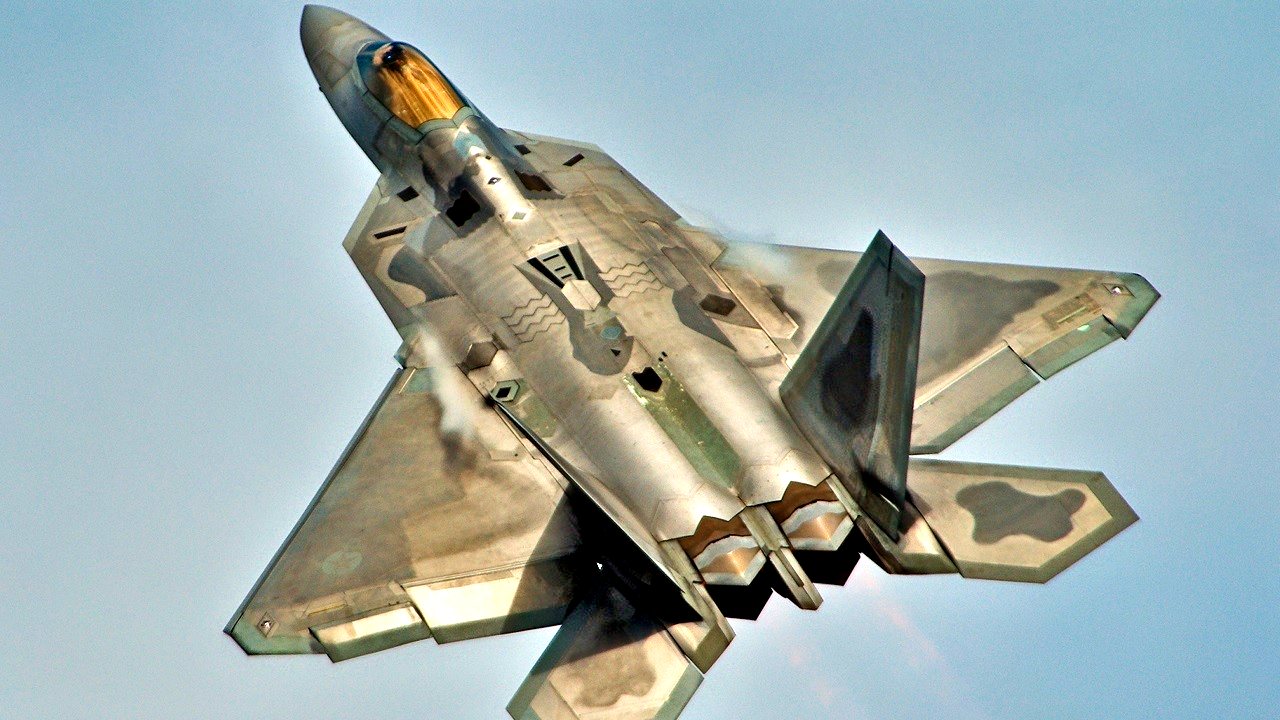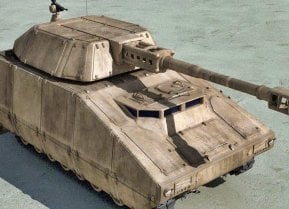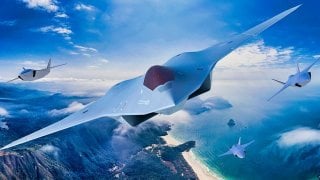NGAD: The Air Force Needs 200 6th Generation Fighters (Will It Happen?)
The Next Generation Air Dominance (NGAD) program is still in the relatively early stages of development – yet the Air Force has an idea of how many NGAD fighters the service would like to procure: 200.
The Next Generation Air Dominance (NGAD) program is still in the relatively early stages of development – yet the Air Force has an idea of how many NGAD fighters the service would like to procure: 200.
In addition to the 200 NGAD fighters, the service also expects to field 1,000 collaborative combat aircraft (CCA) drones.
Of course, procurement projections are often skewed – with a trend towards overestimating – but the NGAD procurement projection confirms that the Air Force is expecting the NGAD to be a significant component of the service’s force structure.
What is the NGAD?
NGAD is a sixth-generation fighter currently under development for the Air Force.
To date, no country has ever fielded a sixth-generation fighter. Actually, only three countries have developed fifth-generation fighter technology (the US, Russia, and China). And only two countries (the US and China) have been able to mass produce a fifth-generation fighter (the F-22/F-35 and J-20, respectively).
So, what is a sixth-generation fighter, exactly?
What exactly a sixth-generation fighter entails have not been properly defined. The entire generation is still just a concept. And in concept, the defining feature of the sixth-generation fighter is that it will be more advanced than the fifth-generation fighter.
That definition doesn’t give us a lot to go on. But we can deduce that sixth-generation fighters will feature advanced digital capabilities, human-systems integration, variable cycle engines, increased range stand-off and BVR weapons. Sixth-generation fighters may even feature laser weapons.
The NGAD will likely focus on four specific technological improvements over the fifth-generation. Propulsion, uncrewed systems, materials, and sensors.
As journalist Alex Hollings reported, “the Air Force intends to field these [NGAD] with advanced adaptive cycle engines that will offer more power, more fuel economy, better heat regulation and power production, and greater loiter times than were possible with earlier engine designs.”
Also, “advances in material science are often among the most secretive elements of stealth aircraft design, as today’s Radar Absorbent materials are rated to absorb as much as 80% of inbound radar waves, but limit fighter performance due to their fragility. Improved RAM could reduce maintenance costs, improve stealth, and allow for greater performance,” Hollings wrote. So, expect the NGAD to feature modern RAM materials.
For sensors, “the NGAD program leans further into the F-35’s air combat methodology of detecting and targeting enemy aircraft from greater ranges than ever before, allowing the fighter to engage and destroy enemy jets before they ever even know the fighter was there,” Hollings wrote.
Most notably, the NGAD is expected to be built around a “family of systems,” like the CCA, for example. The primary pillar of the NGAD program will be a standard, manned aircraft (known as the Penetrating Counter-Air (PCA). But complementing the PCA will be an unmanned drone, the CCA, also known as the loyal wingman platform.
The CCA” will pair with the F-35 and the secretive Next Generation Air Dominance (NGAD) Fighter,” Breaking Defense reported. “Air Force Secretary Frank Kendall said today the service is planning to field 200 NGAD fighters and 1,000 CCAs, a “nominal quantity” officials said will serve as a first tranche, but still the first estimate to be shared.” Kendall also alluded to plans for team structure: “each fighter flying with a pair of autonomous wingmen.”

“This figure was derived from an assumed two CCAs per 200 NGAD platforms and an additional two for each of 300 F-35s for a total of 1,000,” Kendall said during while addressing the Air and Space Force Association’s Air Warfare Symposium. Kendall added that the CCAs “will not impact planned fighter crew inventory.”
“One way to think of CCAs is as remotely controlled versions of the targeting pods, electronic warfare pods or weapons now carried under the wings of our crewed aircraft,” Kendall said.
How many NGADs will be procured?
Kendall sounds confident in his projection of 200 NGADs (paired with 1,000 CCAs). But procurement projections, have occasionally, in the past, been overblown.
I’m thinking most specifically of the NGAD’s direct predecessor, the F-22. Less than 200 F-22s were ever built; significantly less than were originally projected. The NGAD projections are more modest, perhaps accounting for lessons learned during the F-22 procurement process. But take initial estimates with a grain of salt.

Especially considering how expensive the NGAD is expected to be.
“Kendall left little doubt that the NGAD fighter will be prohibitively expensive,” Breaking Defense reported, “referencing previous projections that it will cost “multiples” of the F-35. “It’s a really expensive airplane,” [Kendall] said.”
About the Author
Harrison Kass is a defense and national security writer with over 1,000 total pieces on issues involving global affairs. An attorney, pilot, guitarist, and minor pro hockey player, Harrison joined the US Air Force as a Pilot Trainee but was medically discharged. Harrison holds a BA from Lake Forest College, a JD from the University of Oregon, and an MA from New York University. Harrison listens to Dokken.
Image Credit: Creative Commons.


